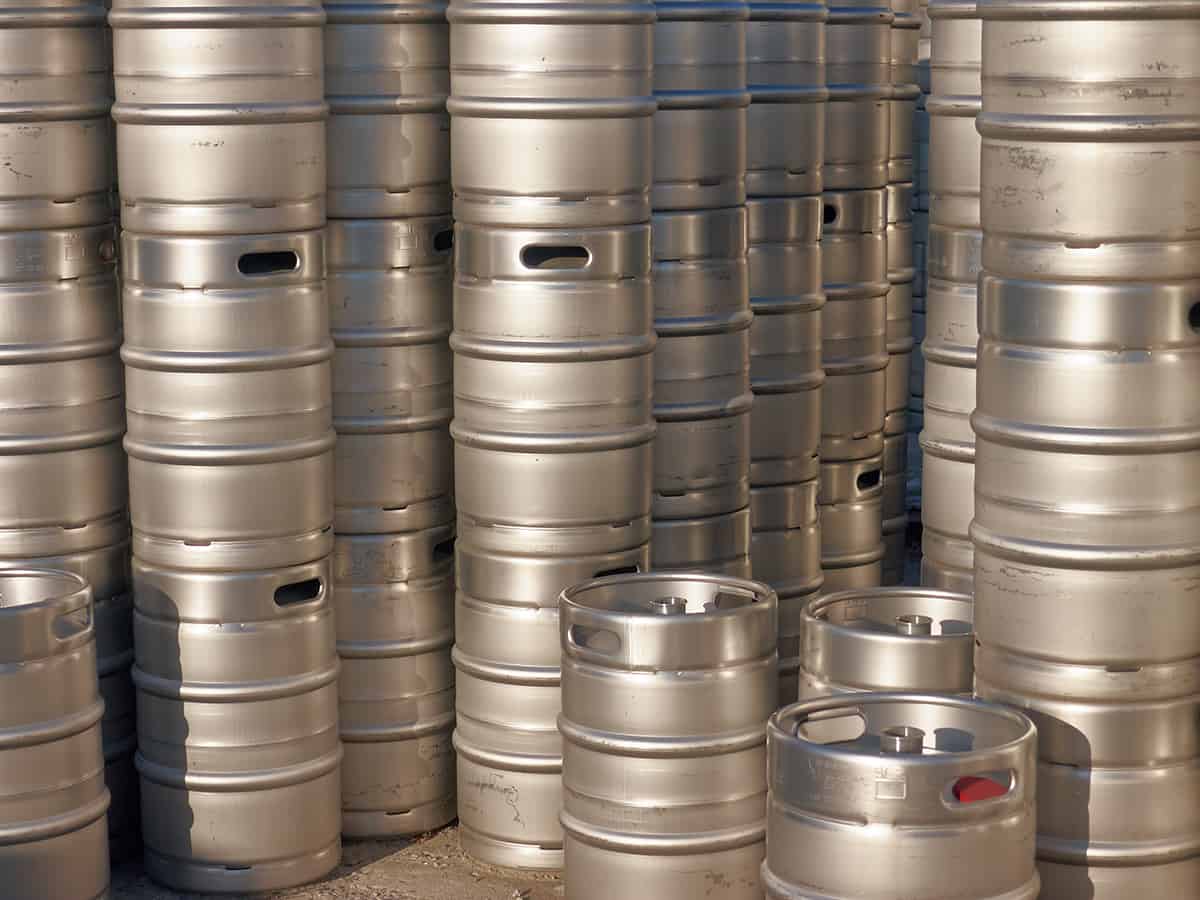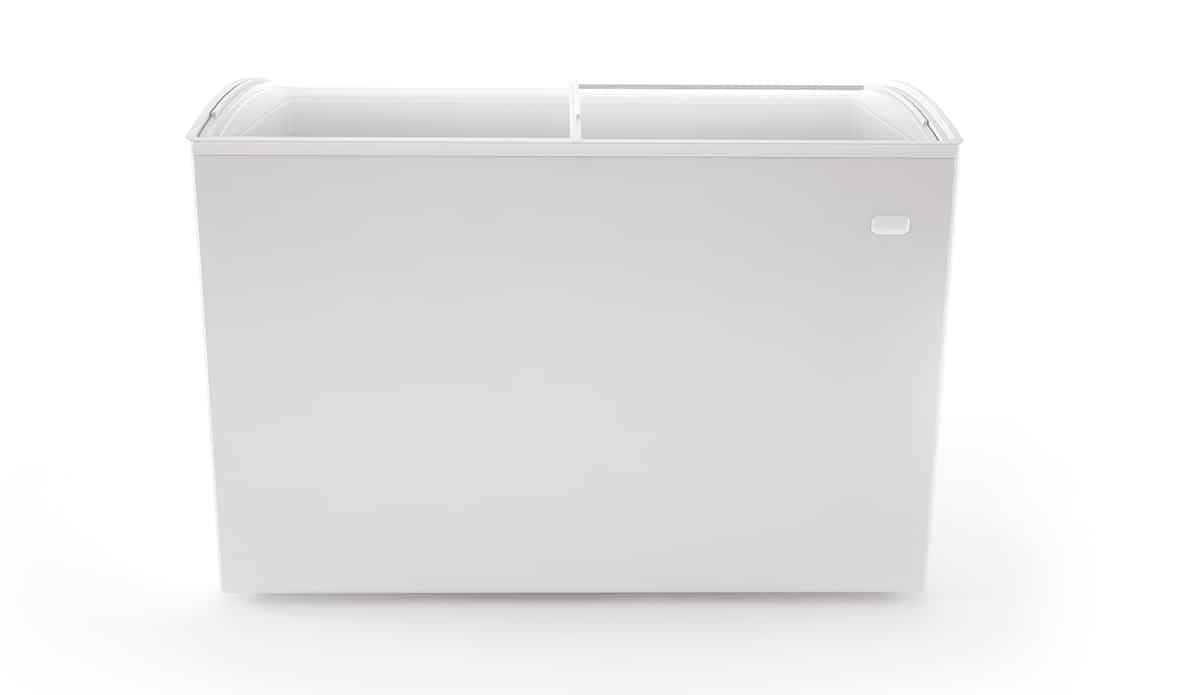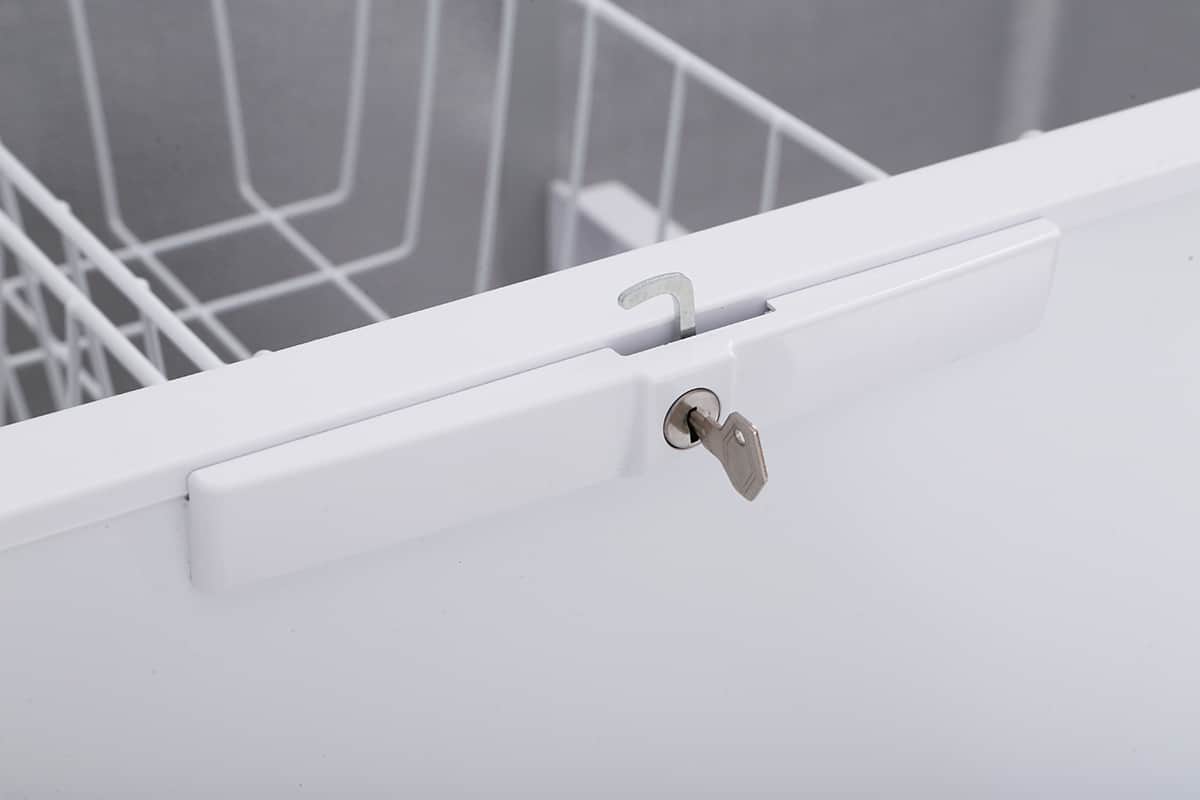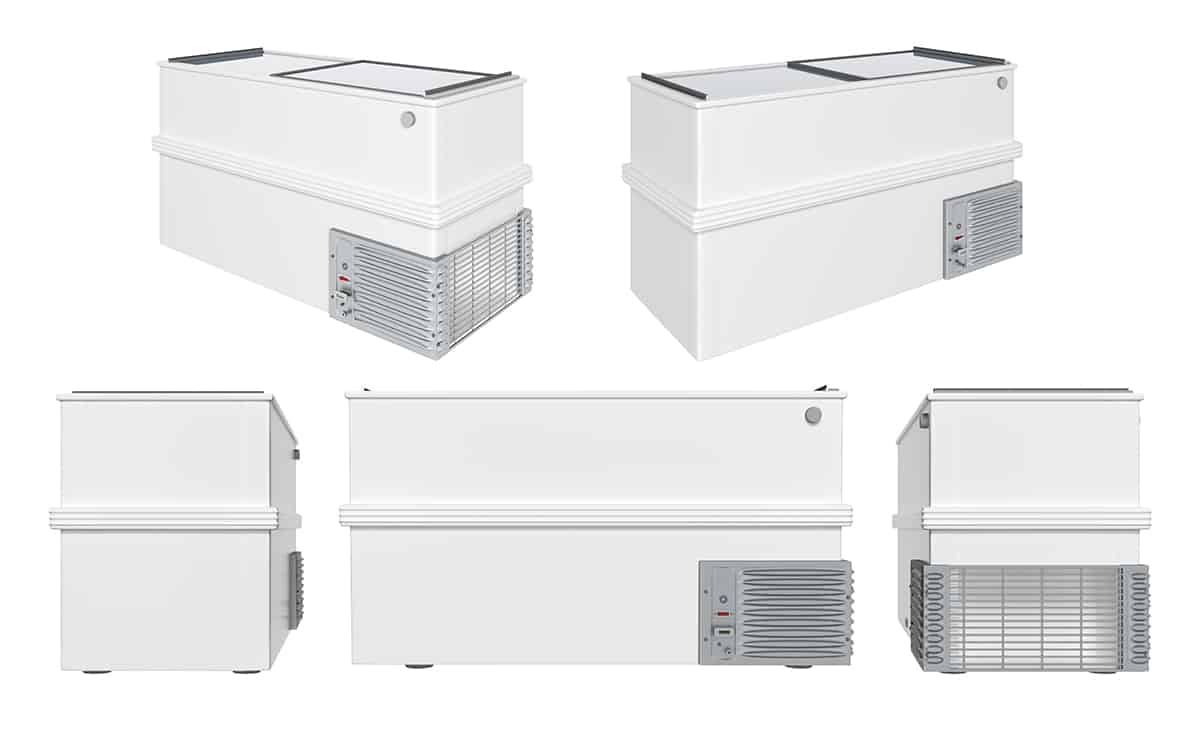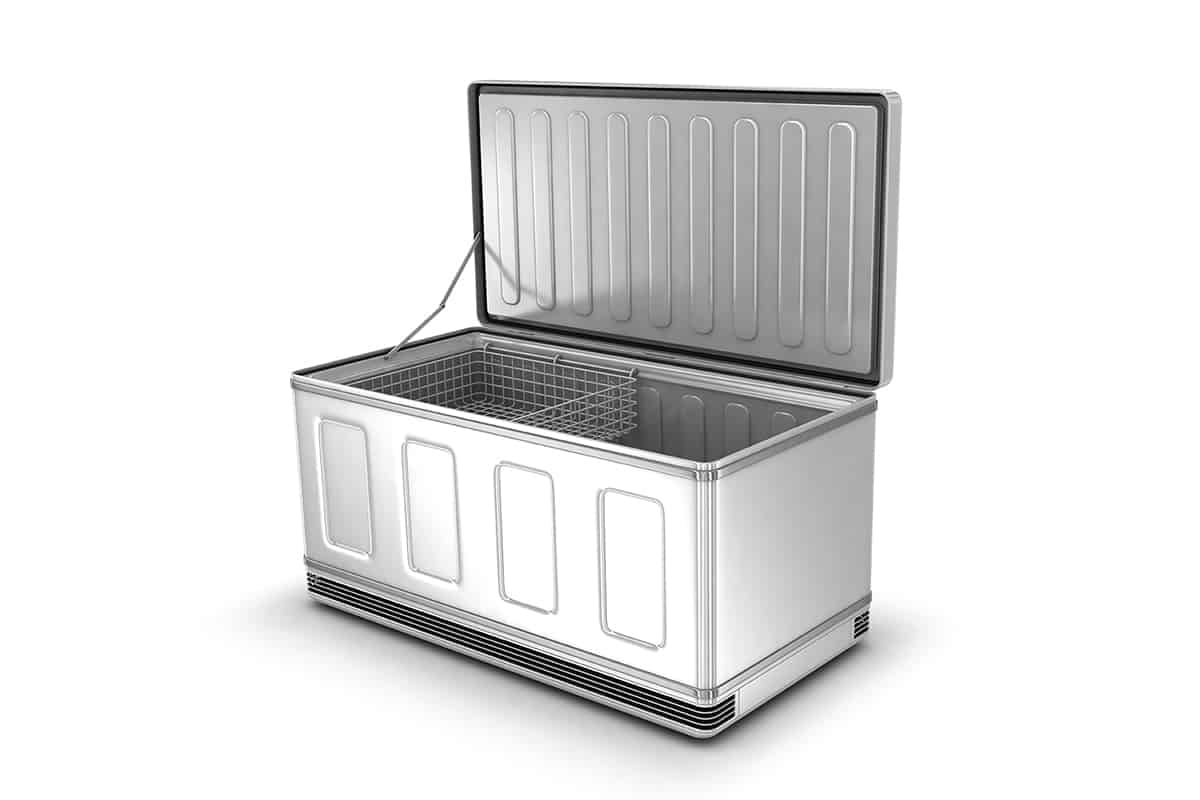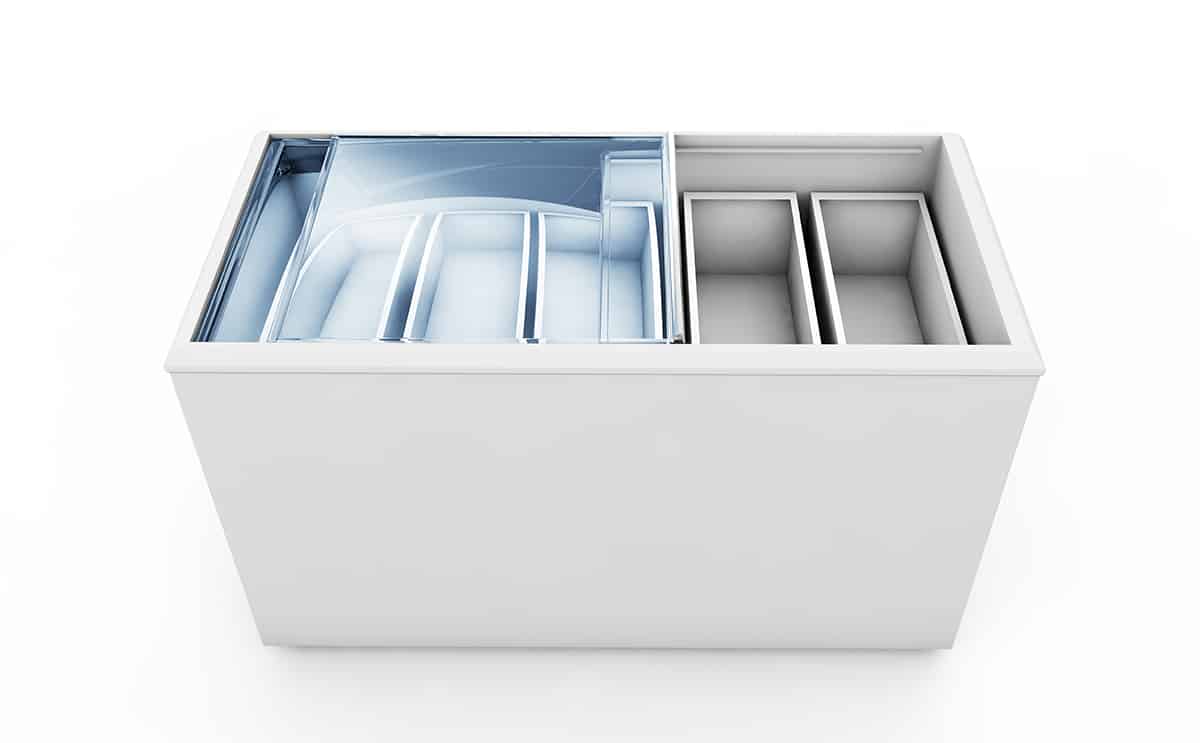Chest freezers are not specifically designed to accommodate kegs, but beer lovers around the world have found that they are a great storage solution for kegs while keeping the beer inside in the best possible condition.
The number of kegs you can fit in a chest freezer will, of course, depend on the type of kegs you have and the size of your chest freezer. A standard medium size chest freezer will have a volume capacity of between 10 and 16 cubic feet, with dimensions of around 60 inches in width, 35 inches in height, and 25 inches in depth. This will allow you to fit as many as 10 cornelius kegs in the chest freezer or 3 regular half-barrel kegs.
Converting a Chest Freezer to a Keezer
If you’re a keen beer drinker then you have probably heard of the keezer. This is a converted freezer that has been customized to accommodate kegs, and it is taking the home brewing community by storm. Here we take a closer look at the keezer to find out what the benefits are and how you can make your own at home.
What is a Keezer?
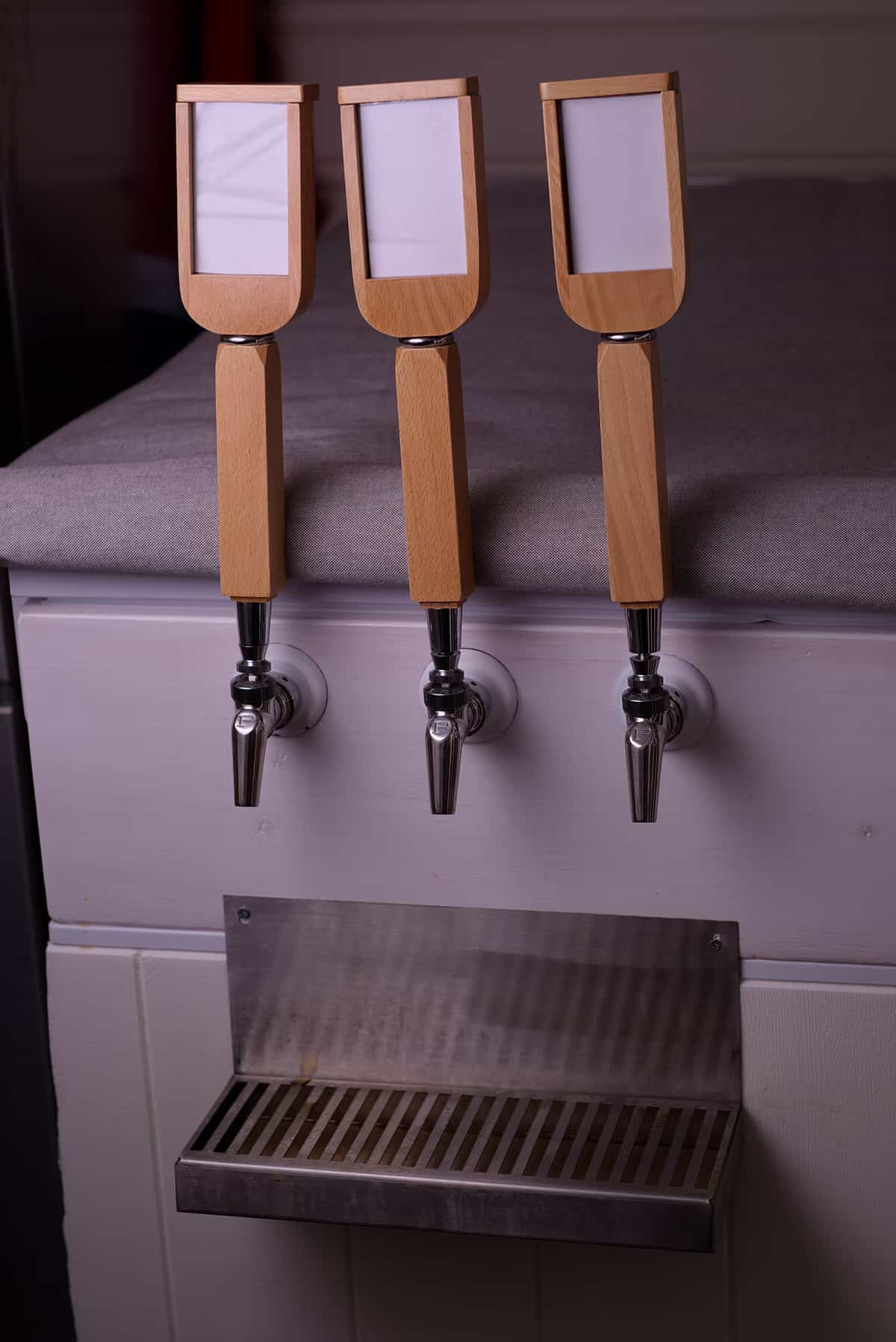
A keezer is an example of a portmanteau. A portmanteau is essentially a new word that is created by combining two other words, for example, by combining ‘breakfast’ and ‘lunch’ you get ‘brunch,’ or combining ‘hungry’ and ‘angry’ gives you ‘hangry’.
Keezer is the combination of the words ‘keg’ and ‘freezer’, and it is a term that basically describes a freezer that has been converted to accommodate the cold storage of beer kegs. A keezer can be a great addition to a homebrewer’s equipment, creating a specific area for storing kegs, and ensuring the beer is kept in the best possible condition.
Benefits of a Keezer
Aside from the obvious benefit of having a dedicated beer storage space, a keezer offers a number of advantages to beer aficionados.
Taste
One of the key components of a keezer is the thermostat, which allows you to set the temperature of the stored kegs at your precise number. Temperature control is an important part of storing beer because the wrong temperature can make a beer turn sour and affect the taste. To maintain a consistent taste, a keezer keeps your beer at a certain temperature, preventing loss of flavor and bacterial growth.
Variety
For beer lovers, the luxury of having a number of different cold beers on tap is what makes them build a keezer in the first place. A keezer offers enough space to store several different kegs so that you always have a variety to suit the mood you’re in or the taste preference of visiting friends.
Lifespan
Keeping beer kegs in a keezer helps to extend the lifespan of the beer quite considerably, so you won’t have any wastage if you don’t manage to get through the whole keg in a month or two.
Typically, when stored in a keezer at the correct temperature, a pasteurized beer will be good for between 4 and 6 months, while a non-pasteurized beer will stay fresh for a maximum of 2 months. If you don’t keep your kegs properly chilled, then the temperature won’t be consistent, and you have no way of knowing if the beer is still fresh until you go to serve it. Beer that has not been kept at a constant cool temperature can get spoiled or turn sour, which can render your entire keg completely undrinkable.
Carbonation
The carbonation of a beer is kept at the optimum level when stored in a keezer, ensuring that the beer remains properly carbonated. Some people think they can store their kegs in a cold basement or in the backyard during cold weather, but if the temperature drops too low, then the carbon in the beer expands upon freezing which can cause the keg to burst open.
For this reason, a keg should never be subjected to temperatures lower than 28 degrees Fahrenheit. Kegs that are kept in environments that are too warm will also affect carbonation. In order for beer to maintain its carbonation, the temperature must be cool enough for the carbon dioxide to remain soluble.
Chest Freezer and Keg Sizes
If you’re shopping for a chest freezer to convert into a keezer then one of the most important elements you need to be looking out for is the size.
Chest freezers come in a range of sizes, and the size you choose is going to define how many kegs you can store at one time. The types of kegs you like to use are also going to be a deciding factor.
Small Chest Freezer
A standard small-sized chest freezer will have a capacity of between 5 and 9 cubic feet. This is generally the size of a chest freezer most beer lovers choose to convert into a keezer because it is big enough to hold a generous number of kegs yet small enough to not take up too much space in the garage or basement. The average dimensions of a small chest freezer are 32inches in width, 34 inches in height, and 26 inches in depth.
Medium Chest Freezer
A medium chest freezer has a capacity of between 10 and 16 cubic feet. This is a generously sized freezer to convert into a keezer if you are an accomplished homebrewer who likes to keep a lot of different beers on tap. The typical size of a medium chest freezer is 60 inches in width, 35 inches in height, and 25 inches in depth.
Large Chest Freezer
A large chest freezer will have a volume of over 17 cubic feet. These are oversized freezers that are bigger than most homebrewers would need. With dimensions of around 80 inches in width, 32 inches in height, and 30 inches in depth, these freezers take up a lot of space. They have a generous interior which could be useful if you frequently host parties or gatherings where you like to serve a lot of beer on tap.
Corny Keg
A corny keg is the most popular type of keg for homebrewers to store their beer in, so much so that they are also popularly known as homebrew kegs. These kegs hold 5 gallons or 640 ounces, which is the equivalent of 53 bottles or cans containing 12 ounces of beer. The dimensions of a corny keg are 9 inches in diameter and 23 inches in height.
You could fit between 3 and 6 corny kegs in a small chest freezer or between 6 to 12 corny kegs in a medium chest freezer. If you have converted a large chest freezer to a keezer, you could store as many as 16 corny kegs at one time.
Half Barrel Keg
A half-barrel keg is the type of keg most people envisage when they think of a standard keg, and they are most commonly used in bars and commercial settings. These kegs hold 15.5 gallons or 1985 ounces of beer.
This is the equivalent of 165 bottles or cans of 12-ounce beer. The dimensions of a half barrel keg are 16.25 inches in diameter, and 23.5 inches in height. You could fit 1 or 2 half barrel kegs in a small chest freezer, 3 half barrel kegs in a medium chest freezer, and 4 half barrel kegs in a large chest freezer.
